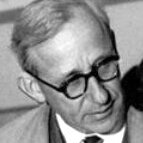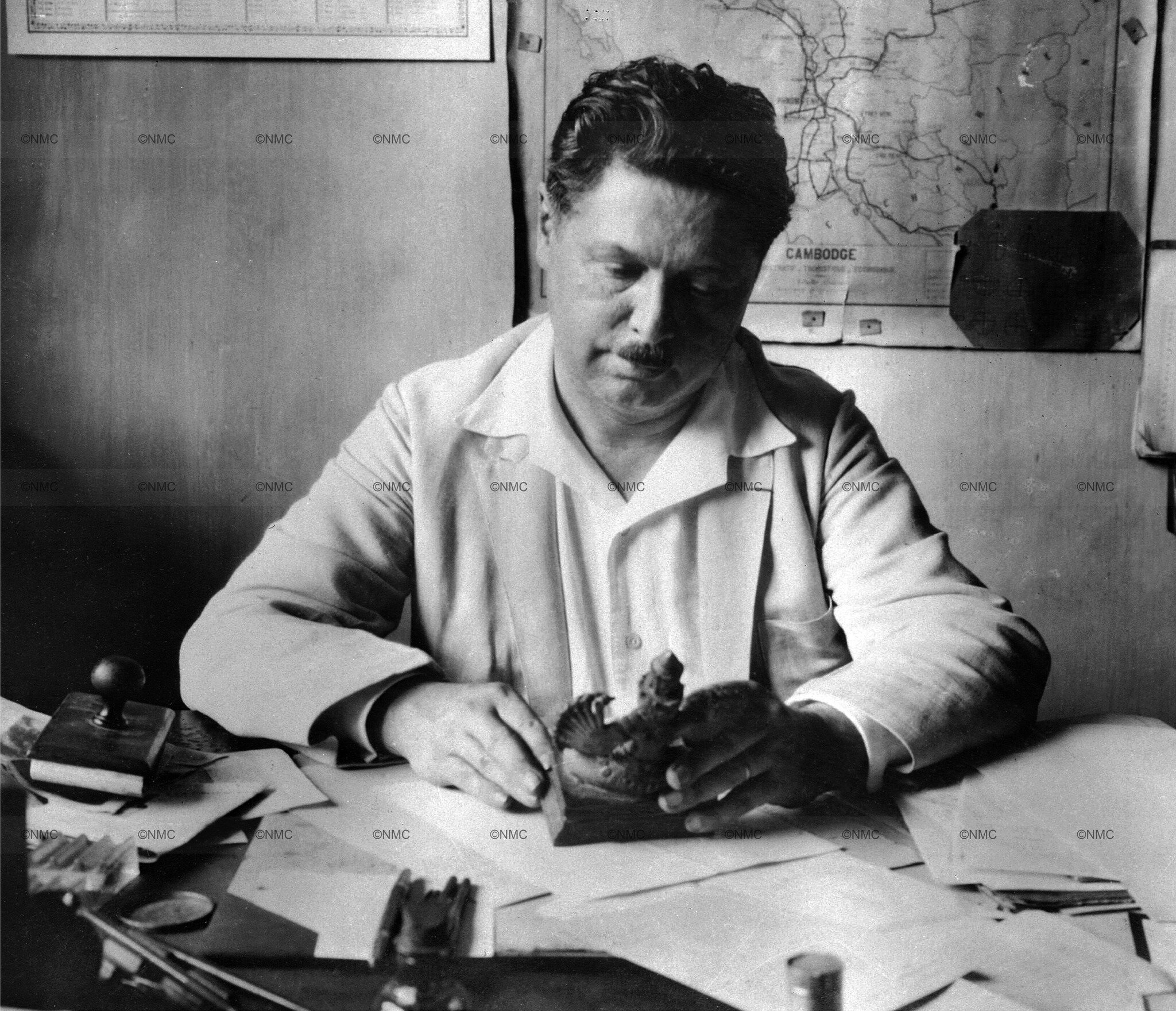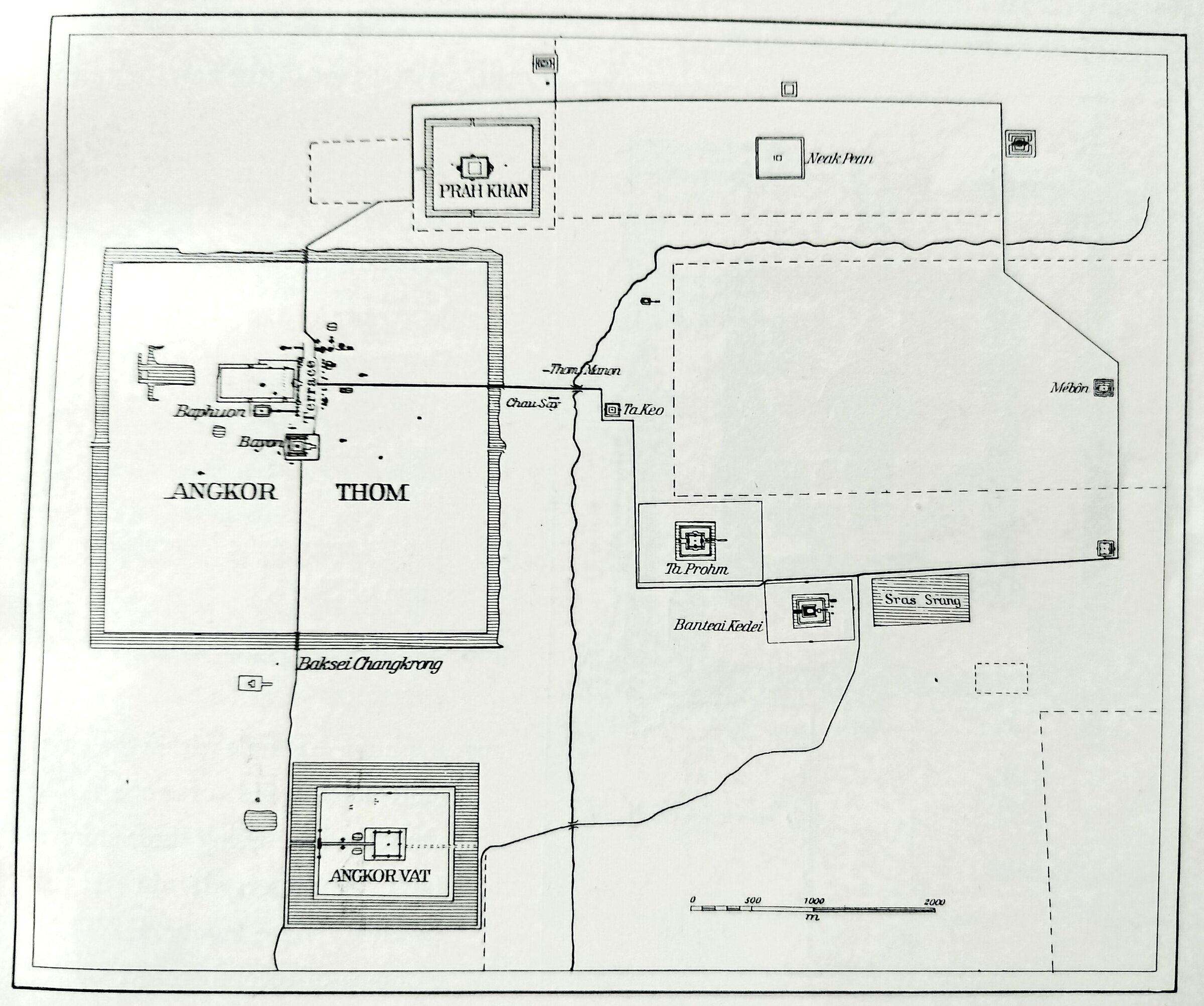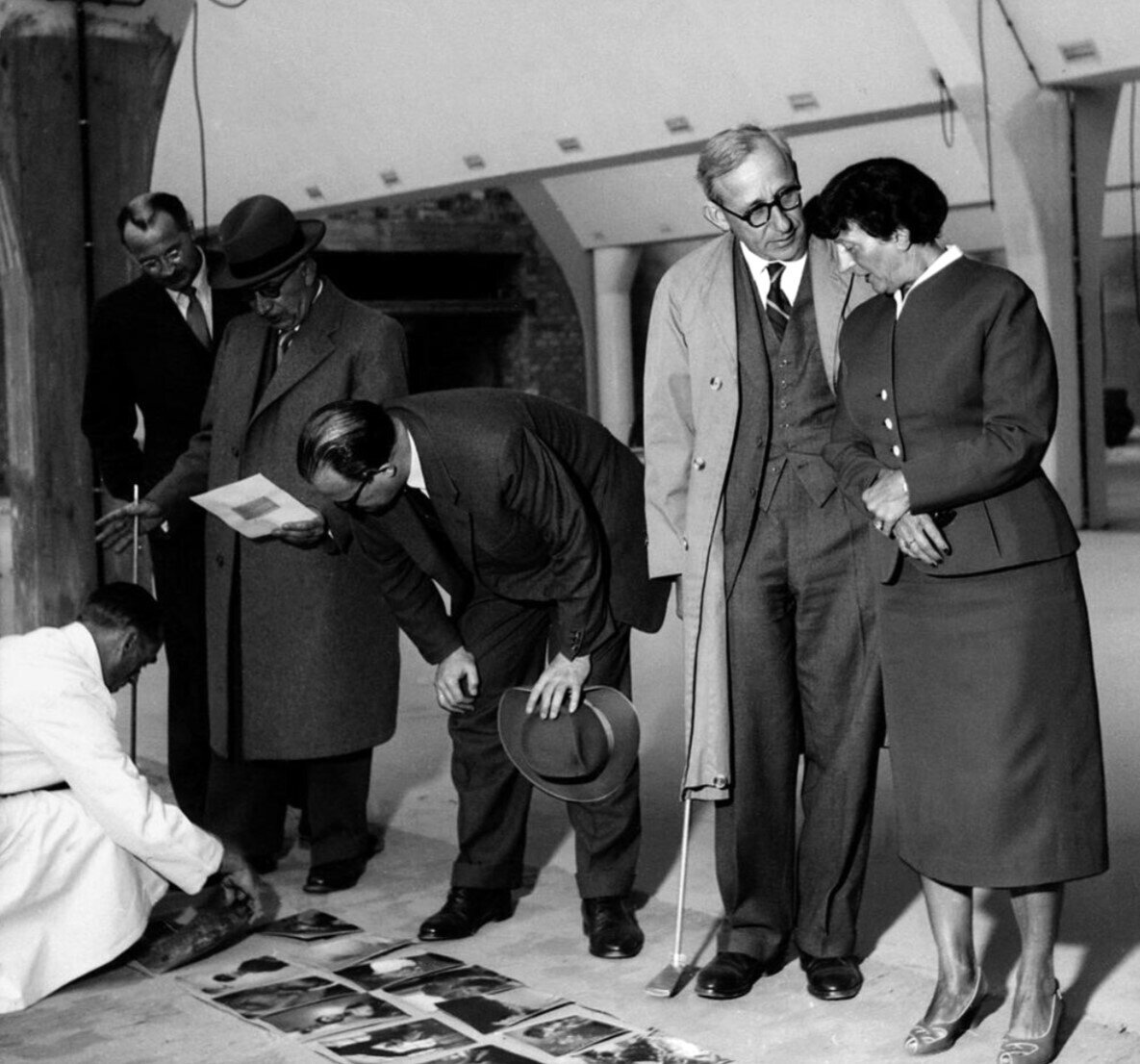Burma, Ceylon, Indo-China. Siam, Cambodia, Annam, Tongking, Yunnan. Landscape, Architecture, Inhabitants
by Martin Hürlimann
A magnificent photography work reflecting a journey through "Buddha's Empire".

- Format
- hardback
- Publisher
- The Studio, London (printed in Switzerland)
- Edition
- original edition
- Published
- 1930
- Author
- Martin Hürlimann
- Pages
- 288
- Language
- English
Part of the “Orbis Terrarum” project to photodocument the world as it was in 1920s, this volume could have been titled “Buddha’s Empire”, according to the author’s preface, Orientalist Hans J. Wehrli [1]. If the book “doesn’t include all the countries where Buddhism is established, it does include those in which this world religion exists in its purest form.”
And among them, Cambodia particularly attracted the attention of Swiss photographer Martin Hurlimann, who was simultaneously working on his book about an extended journey through India, precisely initiated at Adam’s Bridge (nowadays called Rama’s Bridge or Rama Setu), the limestone shoals linking Ceylon to the Indian subcontinent. With numerous acquaintances with specialists of Ceylon (Sri Lanka), the author could count on Prince Damrong’s support when he moved to Siam, and then on George Groslier’s in Cambodia.
If we don’t know precisely the itinerary taken in this quest for the essence of Buddhism, it can be assumed that the photographer’s travel followed the pattern of the book’s contents: 1) Ceylon (Sri Lanka); 2) Burma (Myanmar), where Hurlimann went to Rangoon (Yangon), Pagan (Bagan) but also to Namtok (southern Shan States), with some precious pictures of Thangthu girls; 3) Siam (Thailand), where he went to Bangkok, Chiangmai, Lampun, Ayuthia, Lopburi, etc; 4) French Indo-China, “an area of about 200,000 sq miles, with 21 million inhabitants; 5) Cambodia, where he photographed the Royal Ballet dancers, and the funerals of King Sisowath in 1927 – 1928 in Phnom Penh, then went to Banteai Chmar (Banteay Chhmar) and Angkor, with Angkor Wat, Ta Prohm, Chau Sey Tevoda, Preah Khan, Bayan (Bayon), Neak Pean and West Mebon; 6) Annam and Tongking, including Champa (noting that “the architecture of the Cham ruins cannot be compared with that of the Khmers as far as size and richness are concerned, but Cham sculpture attained to as high quality, if not even higher, than that of the Khmers), with Po-Nagar, Cha-ban (Quy Nohn), My Son, Trakieu, Hue, Hanoi; 7) Yunnan (Southern China).
With high quality photographs focusing on Buddhist art and architecture, but also simple people in their daily life and work, “the members of so many races and nations”, as the author noted. He also took the greatest care in capturing the most iconic bas-reliefs of Angkor Wat — often the same spots selected by John Thomson some 40 years earlier.
[1] Hans Jakob Wehrli (1871−1945) was a Swiss geographer and ethnologist whom the photographer held as his “dear and venerated friend.” After studying in Leipzig and Zürich, Wehrli taught geography and ethnology at Zürich University, specializing on Kachin and Shan States in Burma (Myanmar), and on Indian civilization. He prefaced Hurlimann’s photography book on India, Indien: Baukunst, Landschaft und Volksleben [India, Architecture, Landscape and Folk Life], Atlantis Verlag, Berlin, 1932. Angkor Database proposes the English version digitized by The Rare Book Society of India: India: The Landscape, The Monuments and the People, D.B. Tarapolevala Sons & Co., Bombay, 1932.
Tags: photography, Sri Lanka, Indochina, Annam, Tonkin, Yunnan, Champa, Banteay Chhmar, Angkor Wat
About the Author

Martin Hürlimann
Martin Hürlimann (12 November 1897, Zürich, Switzerland — 4 March 1984, Zürich), was a Swiss publisher, musicologits and self-taught photographer who visited extensively Asia in the 1920s and 1930s, including Cambodia.
In 1929, he founded the magazine Atlantis in Berlin, specializing in countries, travels and peoples, and one year later the Atlantis Verlag publishing house, incorporating to it the Orbis Terrarum series from Wasmuth Publishers. Ater opening a branch in Zurich in 1939, he moved the whole operation to Switzerland in 1939 due to the Nazi takeover, maintaining a branch in Freiburg im Breisgau. His wife since 1933, Bettina Kiepenheuer, the oldest daughter of Gustav Kiepenheuer, another publisher, actively participated in the publishing work.
Traveling in Europe and Asia from 1922, he visited Ceylon [Sri Lanka], Burma [Myanmar], Siam [Thailand], Annam, Yunnan, and Cambodia, and was in Phnom Penh in 1926, when he took a since-then famous yet seldom credited photograph of George Groslier at his desk in the Musée Albert Sarraut. In India, he traveled and photographed numerous areas, including Rajasthan, Kashmir, Peshawar, Amristar, Srinagar, Bengal, Madras.

His photographs of India and Southeast Asia — mainly taken with a Sinclair Una camera, Zeiss lens and Kodak films, according to their author — reflect his interest in daily life scenes, local artworks and architectural structures. In typical multilingual Swiss fashion, he captioned his pictures in German, English, Italian and French.
Publications:
- Burma, Ceylon, Indo-China. Siam, Cambodia, Annam, Tongking, Yunnan. Landscape, Architecture, Inhabitants, B. Westermann Co., New York, 1930.
- Die Schweiz, Landschaft und Baukunst [Switzerland, Landscape and Architecture], Atlantis Verlag, Zurich,1931.
- Indien: Baukunst, Landschaft und Volksleben [India, Architecture, Landscape and Folk Life] , Atlantis Verlag, Berlin, 1932.
- India: The Landscape, The Monuments and the People, D.B. Tarapolevala Sons & Co., Bombay, 1932 (digitized by The Rare Book Society of India).
- Atlantisbuch der Musik [The Atlantis Book of Music], Atlantis Verlag, Berlin, 1934.
- Das Mittelmeer: Landschaft, Baukunst und Volksleben im Kreise des Mittelländischen Meeres [The Mediterranean: Landscape, Architecture and Folk Life around the Mediterranean Sea], Atlantis Verlag, Zurich, 1937.
- Gotische Kathedralen in Frankreich, Atlantis-Verlag, Zurich, 1937.
- Die Grosse Schweizer, Atlantis Verlag, Zurich, 1938.
- Frankreich: Baukunst, Landschaft Und Volksleben [France: Architecture, Landscape and People], Berlin, 1937.
- Ewiges Griechenland [Eternal Greece], Atlantis Verlag, Zurich, 1944.
- Eternal France: 216 Pictures in Photogravure, with an appreciation by Paul Valéry and Historical Notes, Thames & Hudson, London, 1952 (1rst edition).
- Italy, Thames & Hudson, London, 1953.
- Vienna, Thames & Hudson, London, 1955.
- London, Thames & Hudson, London, 1956.
- Wiedersehen mit Asien [See You Again, Asia], Atlantis Verlag, Zurich, 1959.
- Hong Kong, Thames & Hudson, London, 1962.
- India, Thames & Hudson, London, 1967.
- Zurich: The City and Canton, Atlantis, Zurich, 1974.
- Zeitgenosse aus der Enge: Erinnerungen [Memoirs], Atlantis Verlag, Zurich, 1977.
- Musikerhandschriften aus funf Jahrhunderten [Musicians’ Manuscripts from Five Centuries], Schott (French Edition), Paris, 1993 ISBN 978 – 3254001078.



